Westerns have long been a mainstay of American pop culture. It was one of the first popular genres of film, being enormously influential and favored throughout the '40s, '50s, and '60s. The genre made numerous stars (including Gary Cooper and John Wayne), and it provided American cinema with some of its greatest films.
Owing to the genre's long and storied history, it has accumulated numerous tropes. When people think of Westerns, they typically think of a few specific themes, ideas, and visuals. Westerns have their own unique list of tropes, and while they're certainly not original, audiences love them nevertheless.
10 Final Showdown
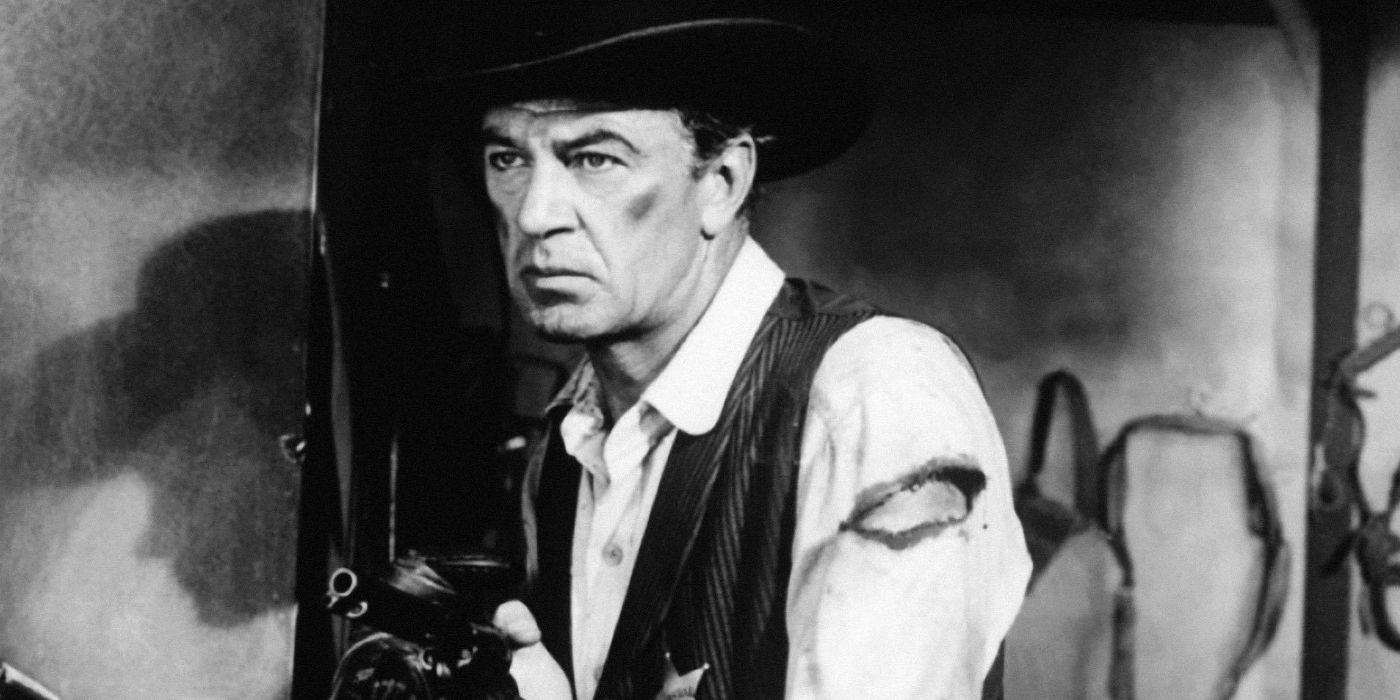
It just wouldn't be a Western without some type of dramatic showdown. Many Westerns—particularly old fashioned ones—tell a story full of tension before exploding in a final showdown of violence and gunfire.
High Noon is synonymous with the final showdown trope, and 3:10 to Yuma did it well with the train boarding and subsequent shootout through town. Another great example is The Magnificent Seven, which sees various cowboys defending a town from marauding bandits.
9 A Cattle Drive
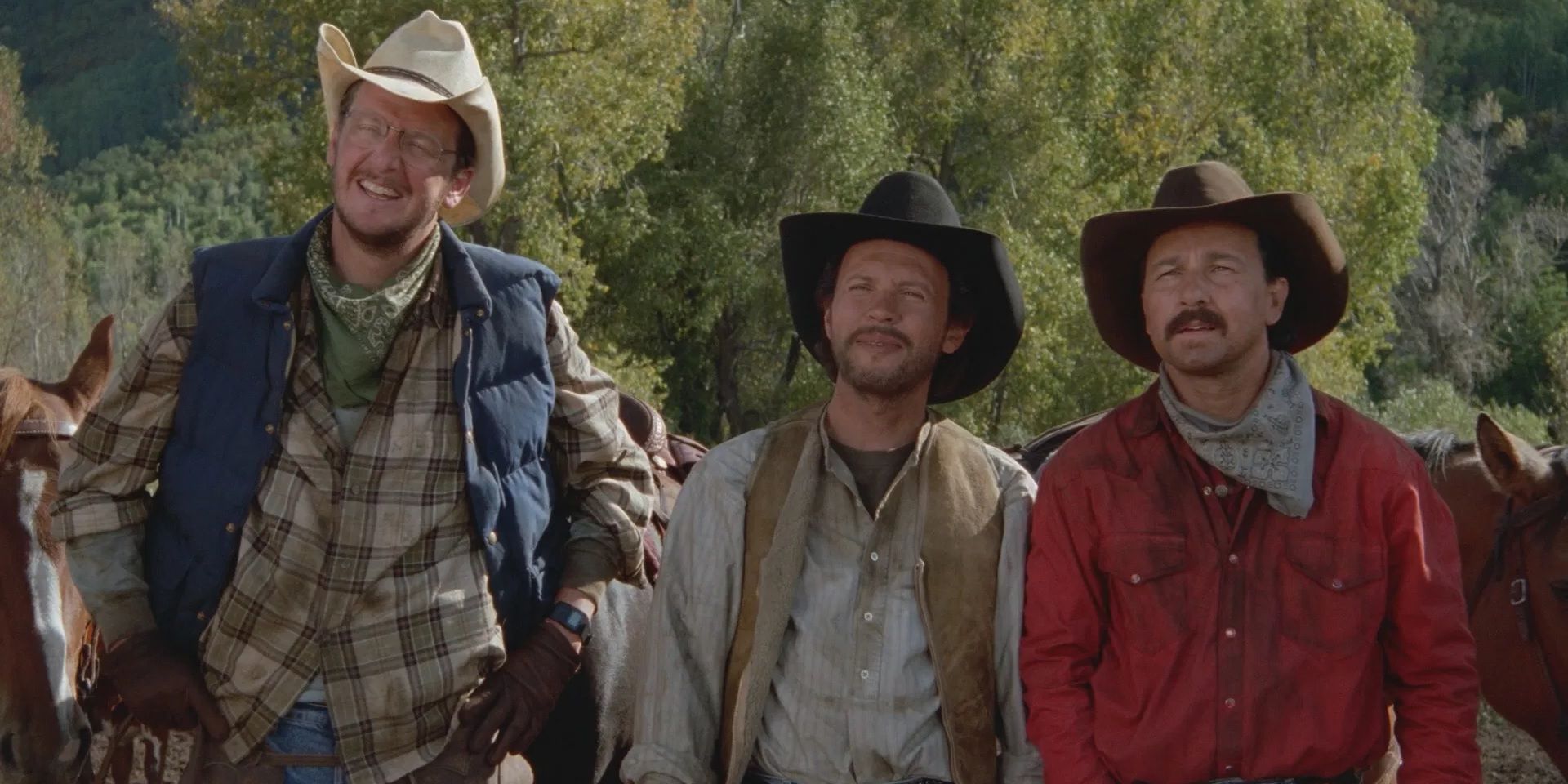
Cattle drives were real occurrences in the Old West, so it only stands to reason that they are a popular source of Western stories. Cattle drives typically see straight-laced cowboys attempting to get their cattle to market while contending with various forces, including the weather and violent rustlers intent on stealing their wares.
This is such a common trope in the genre that it was relentlessly parodied in the 1991 comedy City Slickers, in which the cowboys face down every obstacle imaginable.
8 The End Of An Era
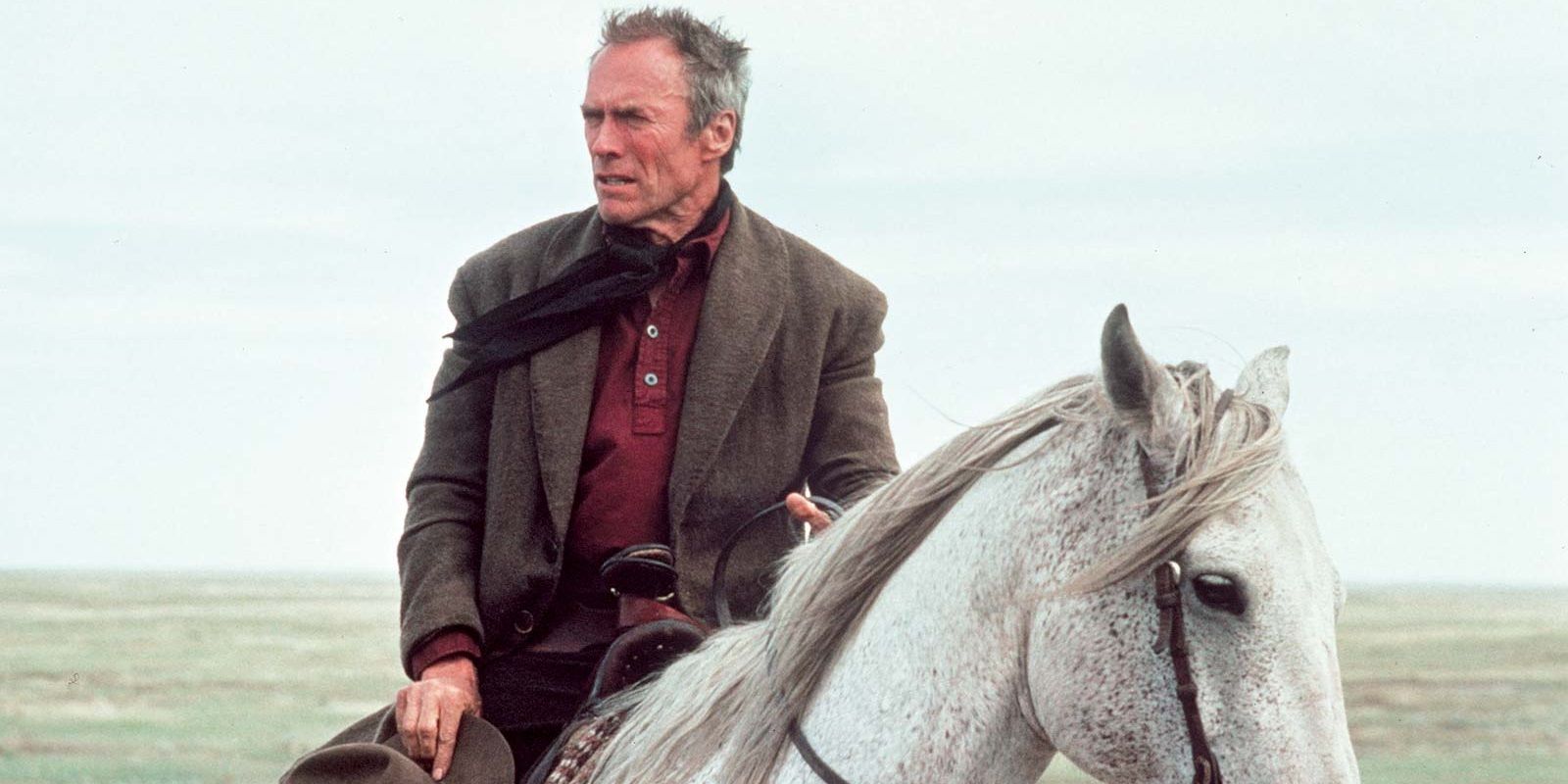
Many Westerns deal with "end of an era" themes. These are typically anti-Westerns or revisionist Westerns that intentionally subvert the genre's tropes, often through a story that sees the "Old West" coming to an end. But what was once fresh and subversive became a trope itself.
Countless movies have explored these anti-Western themes, including The Searchers (which was doing the whole revisionist Western thing all the way back in 1956), Once Upon a Time in the West, and Unforgiven.
7 Something To Do With A Railroad/Pipeline/Etc.
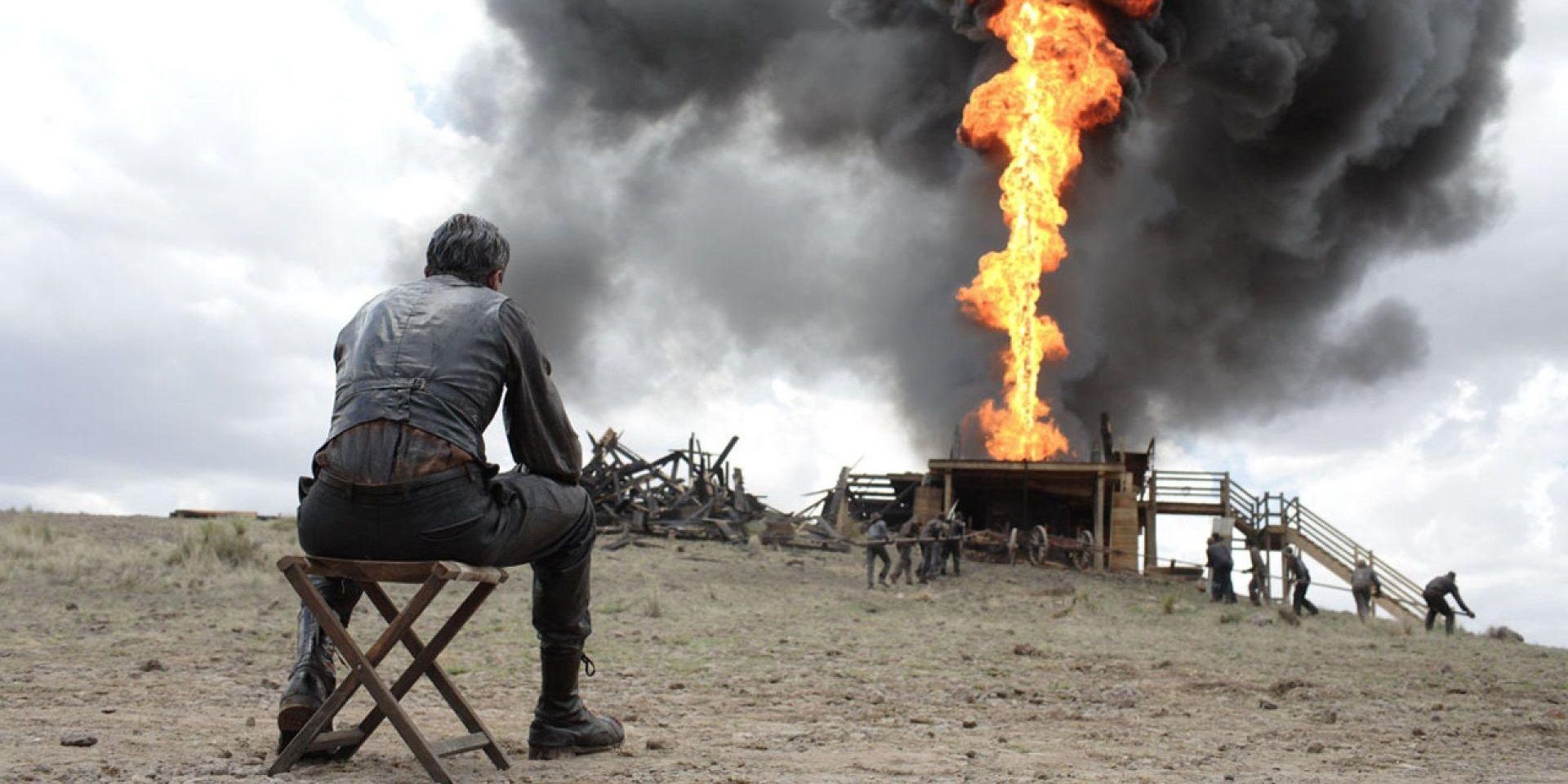
This entry is related to the prior, as railroads and pipelines typically represent "civilization" and "the future". As such, they symbolically stand for the end of the "Old West", as civilization and modernity creep into an age of lawlessness and outlaws.
Once again, Once Upon a Time in the West is a great example of this trope, with its railroad holding major importance to the movie's story and themes. There Will Be Blood, while not a traditional Western, also contains a storyline involving pipelines and the emergence of 20th century capitalism.
6 The Lone Wolf Protagonist
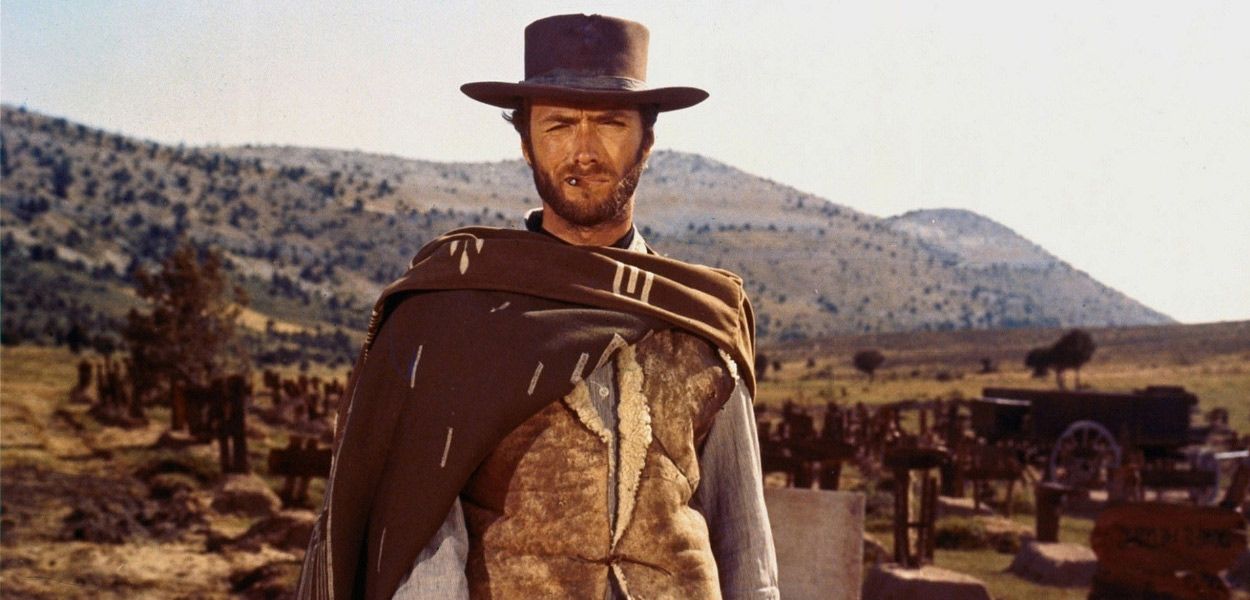
The lone wolf protagonist (typically of the quiet variety) is an absolute must in the Western genre. Westerns are typically filled with gruff, masculine characters who shun any form of emotion or camaraderie. They like to work alone, and they love keeping to themselves.
While certainly not the first, Clint Eastwood perfected this trope with his Man with No Name character, and his appearance in The Good, the Bad and the Ugly was monumentally influential in shaping future Western protagonists.
5 Complete Lawlessness
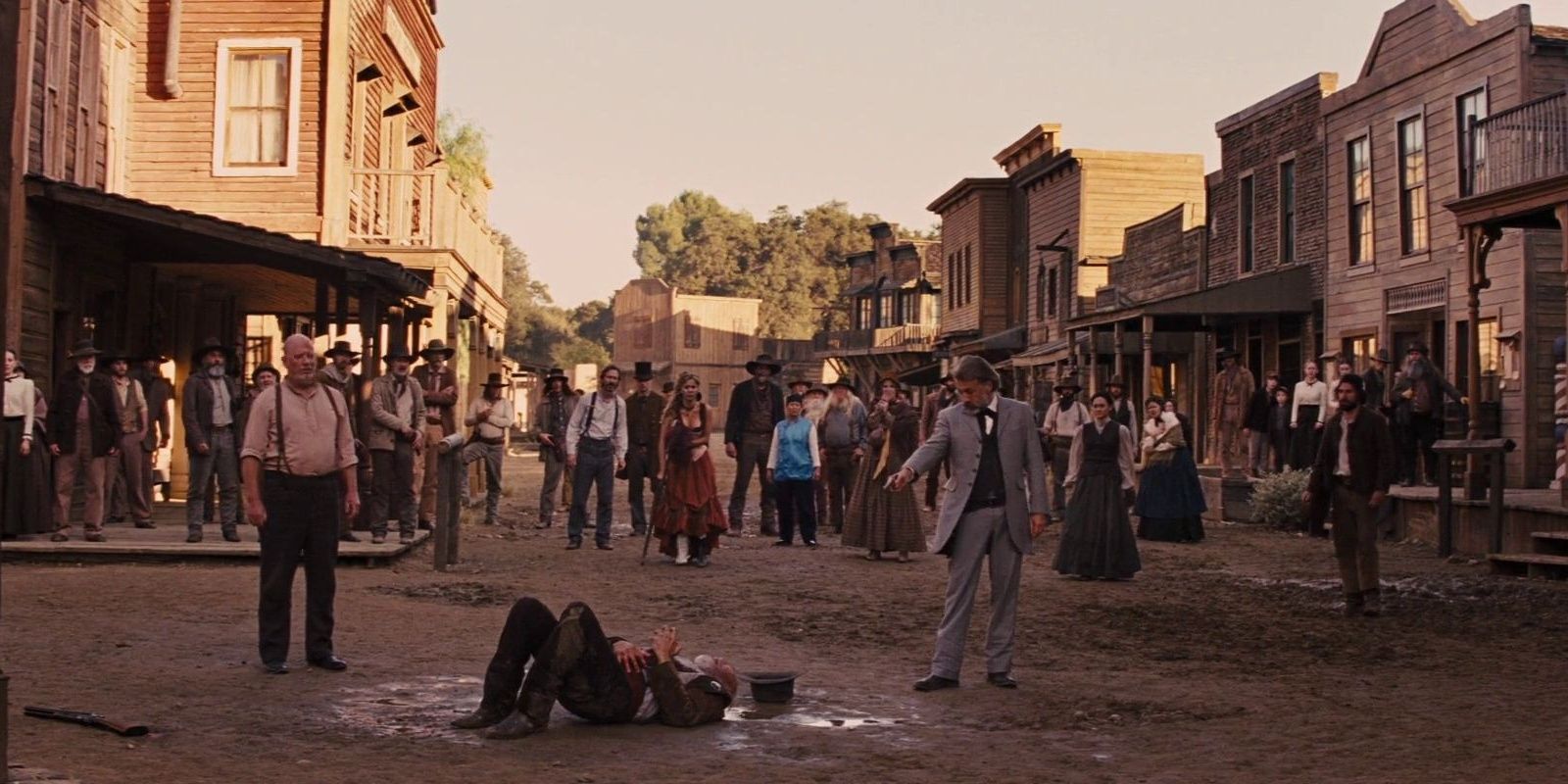
The Old West has long been associated with lawlessness and violence, even if there's little historical precedence to suggest this. And because the Old West has such a reputation for violence, Western movies have long depicted the time and setting as totally lawless wastelands.
There are obvious exceptions, but many Western films will depict a town completely devoid of order. Duels and massive shootouts in the street, roaming gangs of cowboys and outlaws, authority figures who are utterly useless—it's all there.
4 Character Archetypes
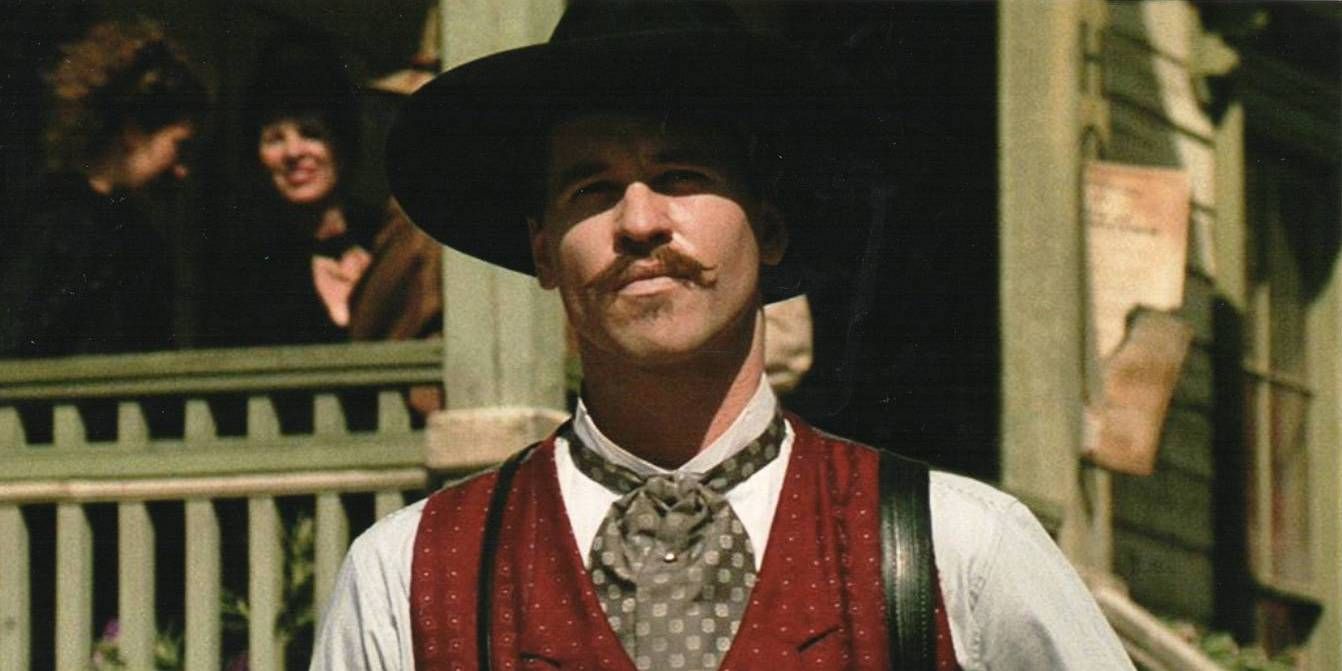
Every genre has its own character archetypes, and Westerns are no different. Obviously not every archetype appears in every movie, but every movie is bound to have at least one of the archetypes.
There are the lone wolf outlaws (as previously noted), the bad guy wearing a long black trench coat, the gruff and seasoned sheriff intent on protecting his town, the cowboys wearing bandoliers, the seasoned outlaw who just wants to move on with his life, and the poker master, to name just some of many.
3 Gun Twirling
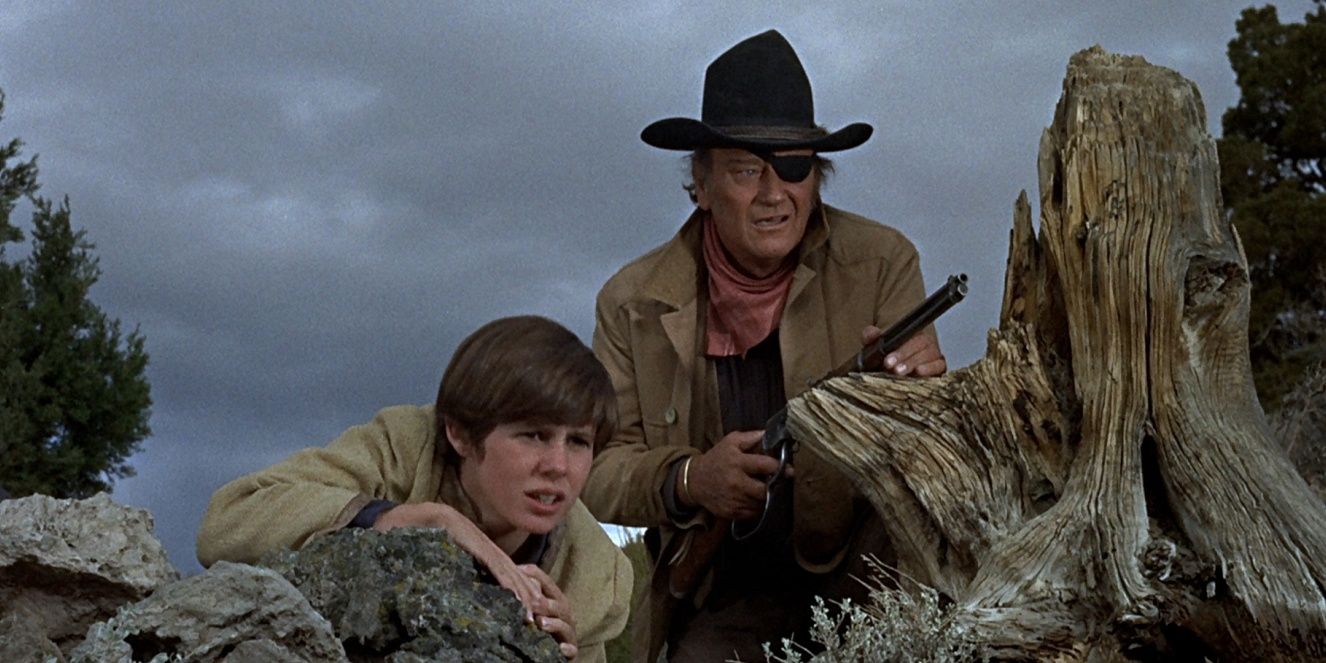
No Western movie would be complete without a cowboy twirling his gun and popping it back in his holster. Django loves twirling his pistol in Django Unchained, Clint Eastwood performs some variation of the gun twirl in numerous movies (like The Outlaw Josey Wales), and John Wayne even spins a Winchester in True Grit.
The gun twirl trope is borderline parodied in Tombstone when Doc Holliday and Johnny Ringo undergo an elaborate gun spinning competition.
2 Mexican Standoffs
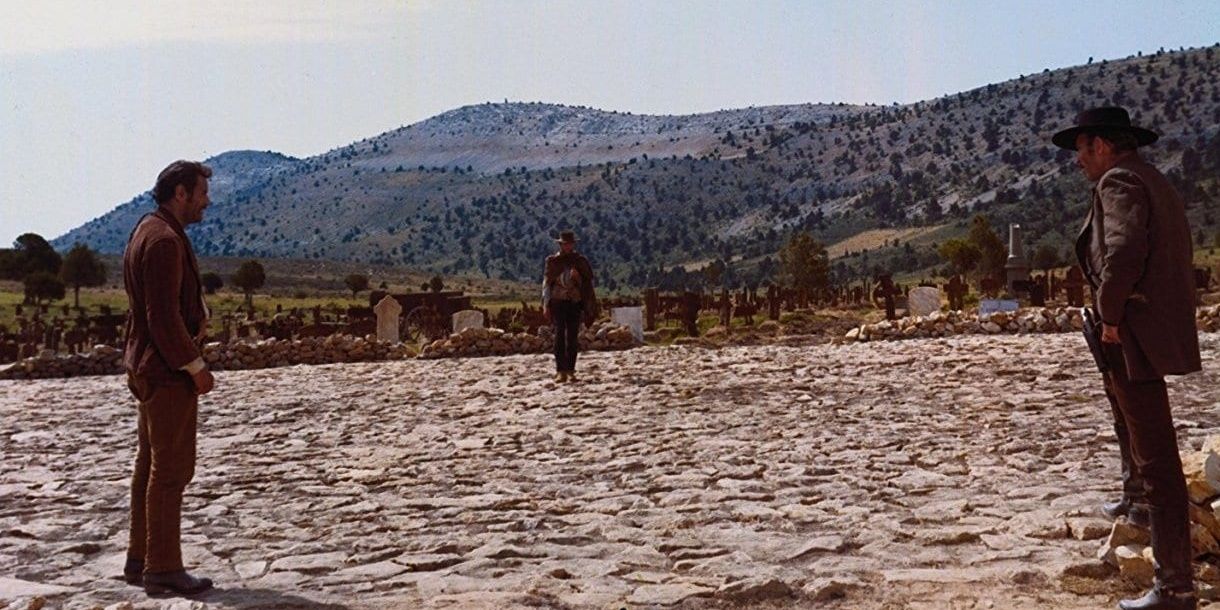
Few Western films actually have a proper Mexican standoff, but it has long been associated with the genre. This is mainly due to its inclusion in The Good, the Bad and the Ugly, as the main three characters embark on a tense Mexican standoff in the climax of the movie.
This is parodied in the Jackie Chan comedy Shanghai Noon, in which the corrupt sheriff makes a quip about them being in a Mexican standoff.
1 Dead Man's Hand
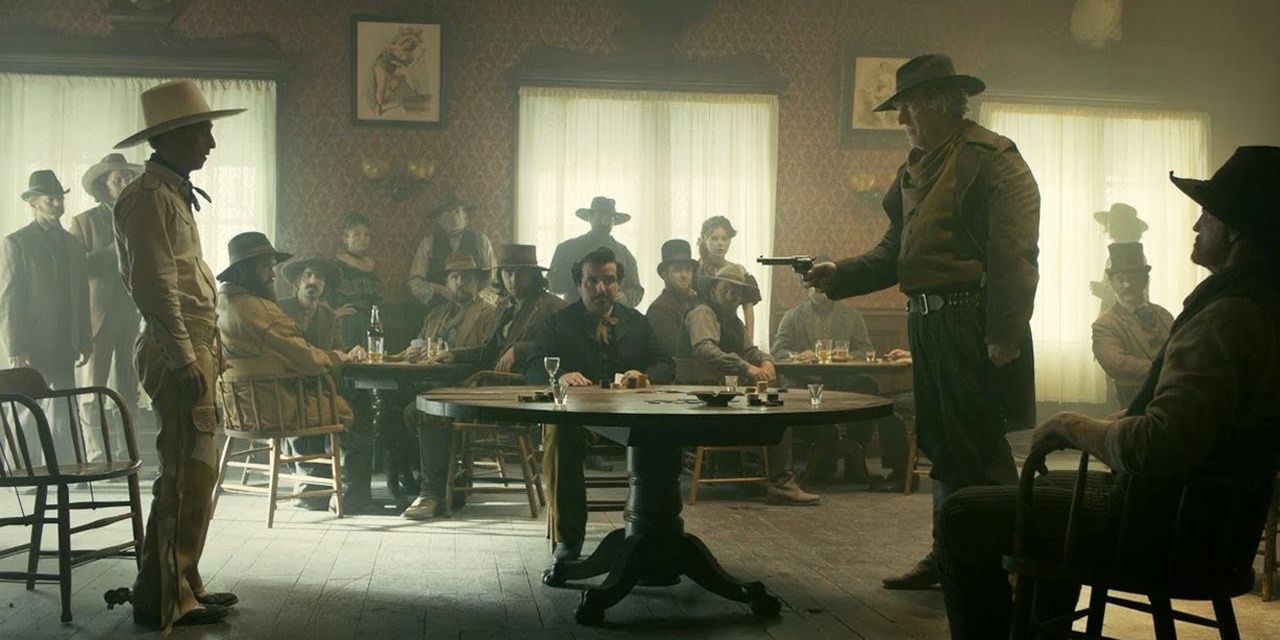
The Dead Man's Hand is a well-known poker hand containing the black aces and black eights. This hand entered into Old West mythology following the death of Wild Bill Hickok, as it's said to be the hand he was playing when he was shot by Jack McCall.
The Dead Man's Hand appears in numerous Western movies, including Stagecoach, The Man Who Shot Liberty Valance, and The Ballad of Buster Scruggs.
from ScreenRant - Feed https://ift.tt/3cj3J7F

0 Comments